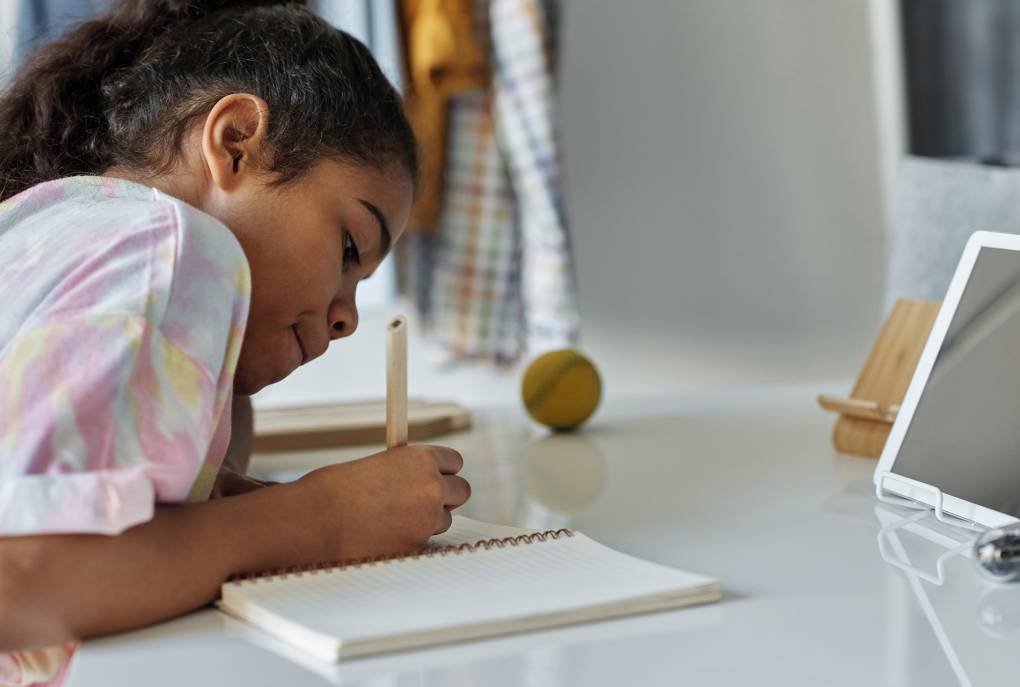Ever since schools closed their doors in the spring to stop the spread of the coronavirus, parents and educators have been worried about what the fall would bring, and what California’s plan for reopening schools might look like.
For a brief few weeks, it seemed that the rate of new COVID-19 infections and hospitalizations was stabilizing in California — and that schools might reopen with new safety precautions in place. But Gov. Gavin Newsom recently announced that with the number of new cases and hospitalizations spiking around the state, the majority of public and private schools will start the school year remotely.
The most recent guidance states that schools located in counties on the state’s watch list for rising cases of the coronavirus cannot hold in person classes. Only once the county has been off that list for 14 days can schools consider reopening if they follow strict guidelines laid out by the state. Currently all Bay Area counties — except San Mateo — are on the state’s watch list.
What kind of interaction between kids and schools can we expect?
The state will require schools to offer daily live interaction with every student — but the details of what that looks like are still vague. It could include synchronous online video lessons, but might also include calls or texts. Teachers will be required to take attendance, and the state is scrambling to close a digital divide that has made it difficult for many California students to access online learning.
“Without that expectation that every student is going to have an interaction with someone at their school site, we are worried we’ll see what we saw in the spring, which was students lost completely,” said Sarah Lillis, executive director of the nonprofit Teach Plus.
And, true to many aspects of the coronavirus pandemic, that loss of instructional time was deeply inequitable. Low-income students — along with English language learners and kids with special needs — were disproportionately missing from online classes in the spring; a time Lillis labeled “crisis schooling.”
What about elementary schools?
District superintendents can apply for state waivers that would allow elementary schools to open, but those will be issued on a case-by-case basis, taking into account local conditions and in consultation with public health experts and the California Department of Public Health.

Many parents of elementary school-aged children have struggled to work from home while guiding their young children’s education. It isn’t developmentally appropriate for little kids to sit in front of the computer all day, but parents are also concerned that they aren’t trained to be their children’s teachers.
What’s being done locally?
“We don’t have an optimal learning situation right now,” said Oakland Unified’s COVID-19 taskforce leader Sailaja Suresh on KQED Forum.

